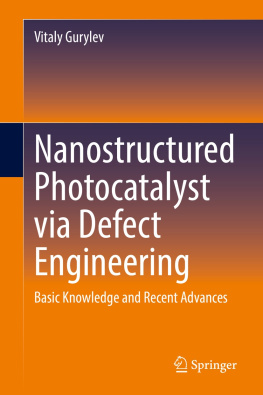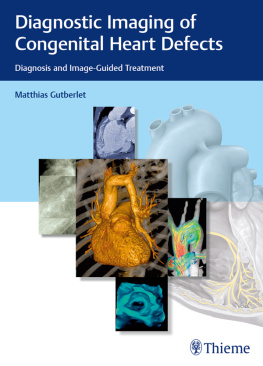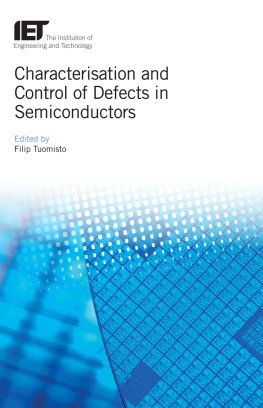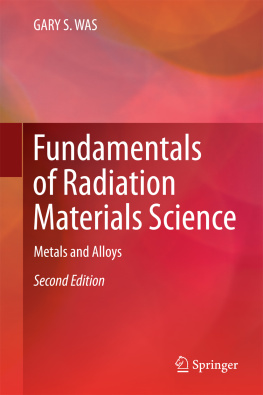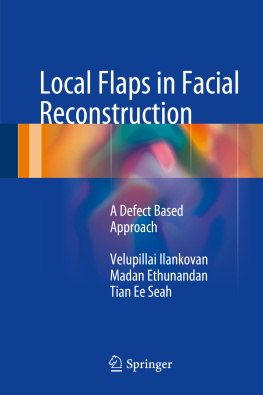Vitaly Gurylev
Nanostructured Photocatalyst via Defect Engineering
Basic Knowledge and Recent Advances
1st ed. 2021

Logo of the publisher
Vitaly Gurylev
National Synchrotron Radiation Research Center, Hsinchu, Taiwan
ISBN 978-3-030-81910-1 e-ISBN 978-3-030-81911-8
https://doi.org/10.1007/978-3-030-81911-8
The Editor(s) (if applicable) and The Author(s), under exclusive license to Springer Nature Switzerland AG 2021
This work is subject to copyright. All rights are solely and exclusively licensed by the Publisher, whether the whole or part of the material is concerned, specifically the rights of translation, reprinting, reuse of illustrations, recitation, broadcasting, reproduction on microfilms or in any other physical way, and transmission or information storage and retrieval, electronic adaptation, computer software, or by similar or dissimilar methodology now known or hereafter developed.
The use of general descriptive names, registered names, trademarks, service marks, etc. in this publication does not imply, even in the absence of a specific statement, that such names are exempt from the relevant protective laws and regulations and therefore free for general use.
The publisher, the authors and the editors are safe to assume that the advice and information in this book are believed to be true and accurate at the date of publication. Neither the publisher nor the authors or the editors give a warranty, expressed or implied, with respect to the material contained herein or for any errors or omissions that may have been made. The publisher remains neutral with regard to jurisdictional claims in published maps and institutional affiliations.
This Springer imprint is published by the registered company Springer Nature Switzerland AG
The registered company address is: Gewerbestrasse 11, 6330 Cham, Switzerland
This book is dedicated to Prof. Tsong-Pyng Perng,
who is to me more than just a PhD mentor.
Preface
Utilization of solar energy is considered to be an efficient tool to govern reactions which realization currently is identified to be accessible only under harsh and extreme conditions. For instance, traditional splitting of water into its basic components, namely oxygen and hydrogen, is usually carried out via electrolysis or thermolysis which requires to utilize a tremendous amount of energy and sources and it negatively influences the surrounding environment. In turn, this process could be realized simply via immersion of certain materials called photocatalysts into aqueous media and its subsequent irradiation with light. In this case, the rate of oxygen and hydrogen production is determined mostly by the properties and characteristics of photocatalysis as it should satisfy numerous very strict requirements for efficient absorption and utilization of solar light.
Recent studies discovered that there exist a lot of compounds and structures which could serve this purpose. Yet, to the greatest misfortune, even though they can push forward the photocatalytic reactions, their efficiency is very low as they are unable to advance the transformation of solar to chemical energies at required levels. As an example, TiO2 and ZnO, the most available and studied photocatalysis, can be activated only by UV light, which is a small portion of solar spectra. As a result, their performance is too low for practical application and industrial implementation. Thus, for creating an effective photocatalytic process, it is necessary to deeply revisit the existing materials and seriously address their most crucial drawbacks.
Defect engineering can perfectly satisfy this role. It provides a unique opportunity to tune and modify various important features of the target materials simply by changing its internal structure, for example, via removal of some of its own atoms, or introduction of new foreign compounds. It results in consequent reconstruction of periodical arrangement and formation of new order within crystal structure as to compensate the occurred changes and restore the equilibrium accompanied by changes in the band structure. Thus, the geometrical and electronic configurations of target materials become ultimately affected. Given the low price, high effectiveness, simplicity, and very small impact on outer compositions and structures of target materials as most of the undergoing adjustments are carried out internally, this methodology is considered to be a highly promising candidate to build a photocatalyst with characteristics close to ideal. Yet, to be properly applied, it should be studied and addressed in the most practical and adequate way in order to avoid any misinterpretation regarding present progress and escape trial-and-error pathways.
This book greatly serves this purpose as it delivers fully organized, detailed, and accessible knowledge regarding the influence of intrinsic and extrinsic defects on the advancement and photocatalytic application of various nanostructured semiconductor materials with critical evaluation of existing contradictions and conflicting trends available in literature. It is believed that various groups of readers would find this book highly useful. For readers not in this profession, it would provide a great chance to get acquainted with the science and technology lying beyond the introduction of defects, while professionals would greatly appreciate the appearance of appropriate and applicable database filled with systematic and reliable information regarding various semiconductor nanomaterials and their defect engineering.
Vitaly Gurylev
Hsinchu, Taiwan
Acknowledgments
I want to especially thank Dr. Yu-Jong Wu and members of the AstroChem Lab of the Molecular Science Group, National Synchrotron Radiation Research Center (NSRRC), for creating an exceptional and highly supportive environment and atmosphere to complete this work, and constantly meeting all my requirements and needs for comfort and enjoyable accommodation.
I want to thank the Ministry of Science and Technology (Taiwan) for financially supporting my stay with the Molecular Science Group, which proceeded under assistance and supervision of Dr. Yu-Jong Wu and NSRRC.
I want to thank my best friend Kyle (Chien Jung) Su, who always makes me believe that my future is in my hand as well as my writing.
I want to thank the Nanomaterials and Hydrogen Energy Laboratory in the Department of Materials Science and Engineering, National Tsing Hua University, and its supervisor Prof. T. P Perng for filling me with required knowledge during my stay there as PhD student and postdoctoral fellow, which became the core of this book.
I want to thank Prof. Artur Useinov for deep and thorough discussions, for always answering my numerous calls and requests for meeting, and providing much-needed advice and comments regarding the process of writing this book.
I want to thank Springer, and especially Michael Luby, for believing in my ideas and offering a chance to accomplish a book, and Olivia Ramya Chitranjanthank you for guiding me through the whole process of writing and submission, for reviewing and checking chapters, providing feedback to my all questions and queries, and for always being helpful and supportive.

